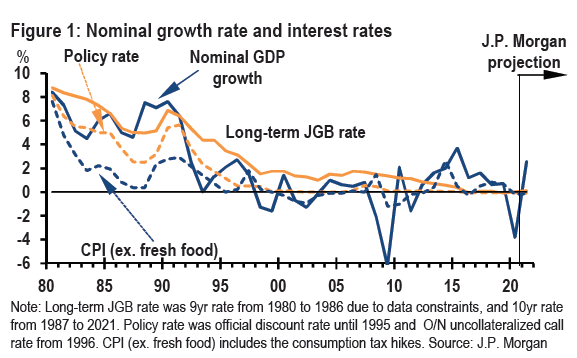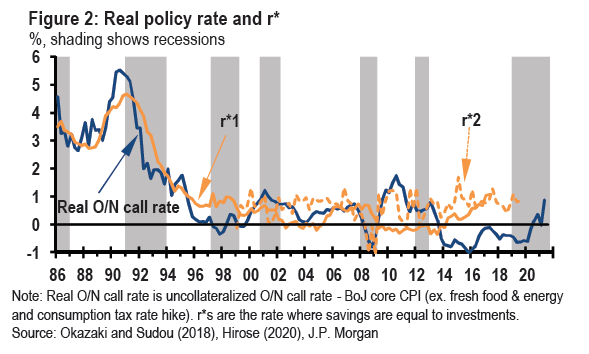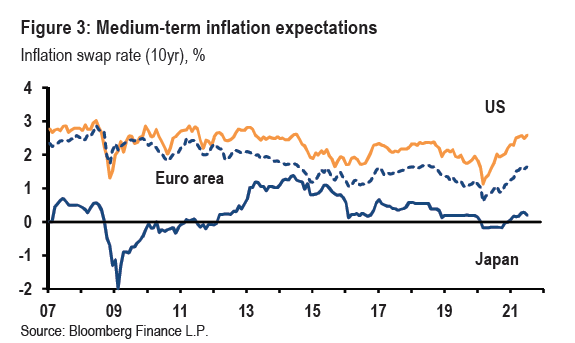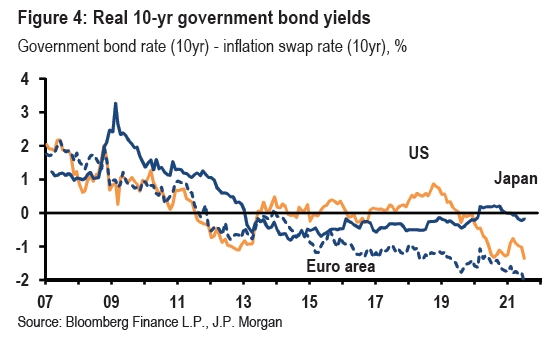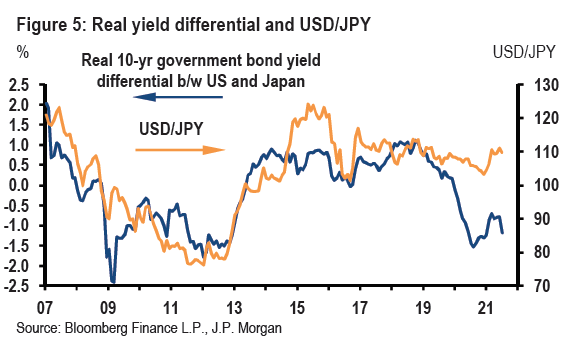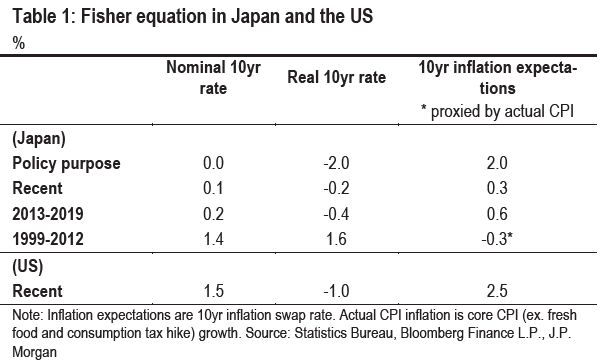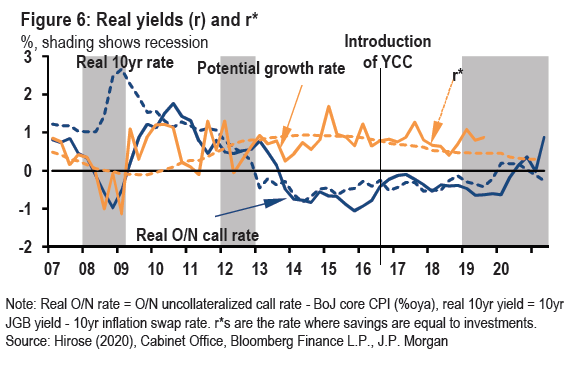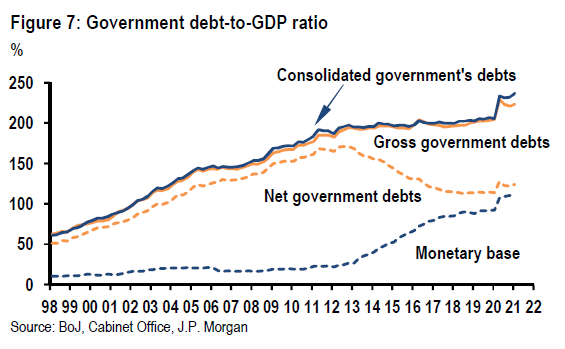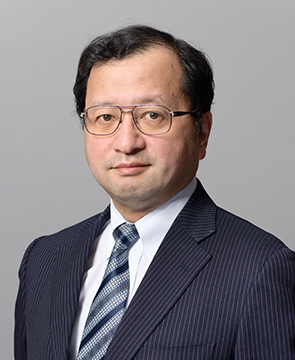Hiroshi Ugai is a Managing Director and Chief Economist, Japan. He is responsible for outlining the firm’s official view on Japanese economy and macroeconomic policies. He joined J.P. Morgan in May 2016. Prior to his arrival, he built a 30 year career at the Bank of Japan where he was a Deputy-Director General. He served in many key areas of the Bank including the Monetary Affairs, Research and Statistics, the Financial System and Bank Examination, and International Departments. He was a Japan’s original delegate of Financial Stability Board during 2009-13. During 2014-16 he was seconded to the School of International and Public Policy of the Hitotsubashi University as a professor of Asian Public Policy Program. He wrote many papers on monetary policy including effects of the quantitative easing policy, transmission channels and welfare implications of the unconventional monetary easing policy in Japan, and cross-country transmission effect of the US monetary shock under global integration. He also published papers discussing about Japan’s deflation, and optimal inflation for Japan’s economy. He compiled the review series of New Keynesian Monetary Economics, and also co-wrote the paper about Financial Sector Assessment Program entrusted by IMF. Mr Ugai received a BA in Economics from the University of Tokyo in 1983, studied at the University of Chicago, Graduate School of Business in 1987-88, and received a Doctor of Economics from Saitama University in 2017.


